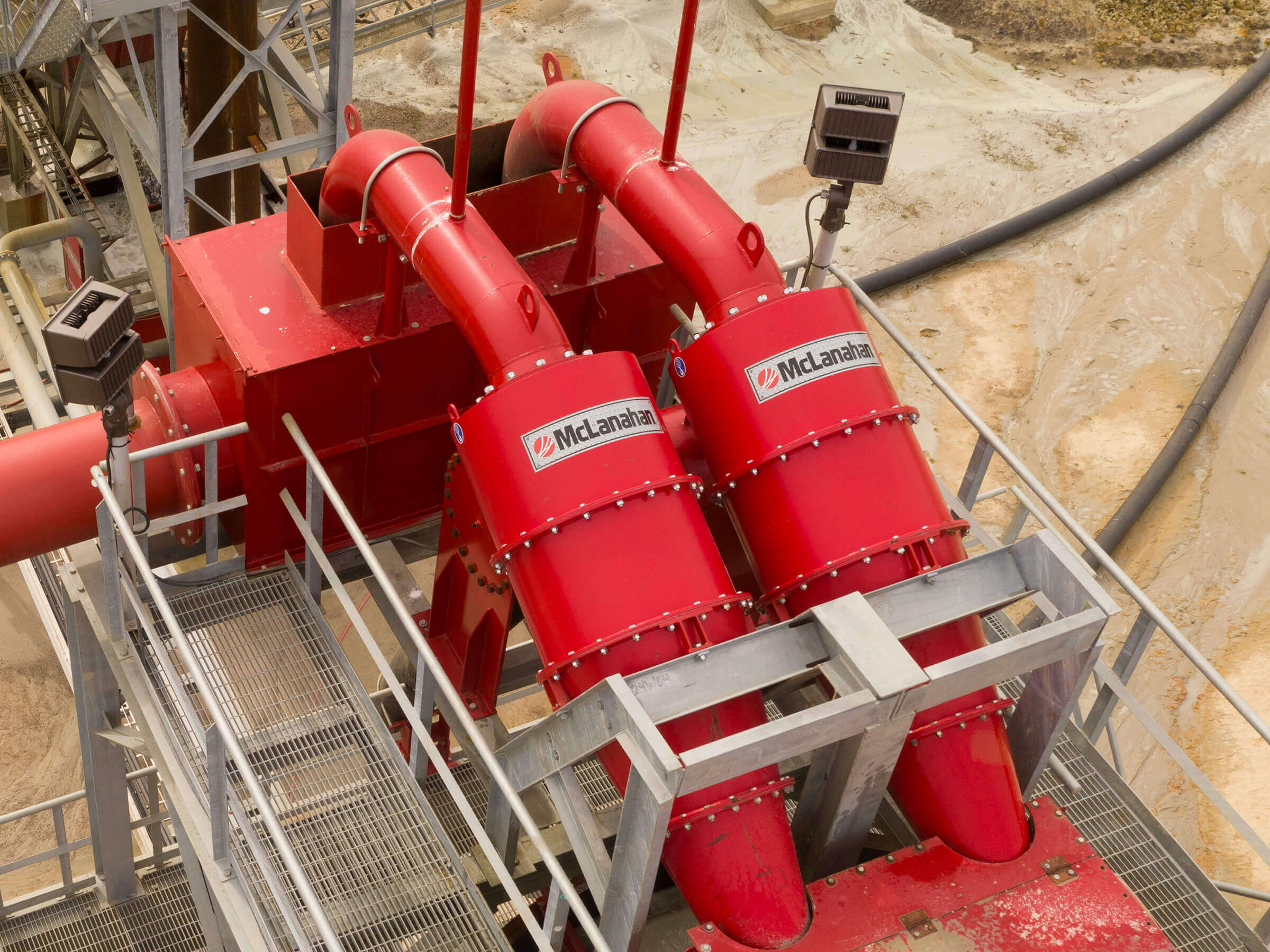Purists will tell you this. They will also say it leads to inefficiency. It is true that a Hydrocyclone has an air core up through the middle of the Hydrocyclone starting at the apex. In the case of a Separator™, the underflow regulator blocks off the air core; however, since its introduction in the 1960s, the Separator™ has worked satisfactorily in countless applications from simple aggregate dewatering to highly controlled mineral processing environments, providing the ability to adjust the underflow density for downstream moisture sensitive applications like Attrition Cells. The cut-point can also be adjusted such that in a desliming application, fine adjustment can reduce losses of useful minerals in the overflow while reducing the unwanted fines content of clays and ultra-fines in the underflow.



















